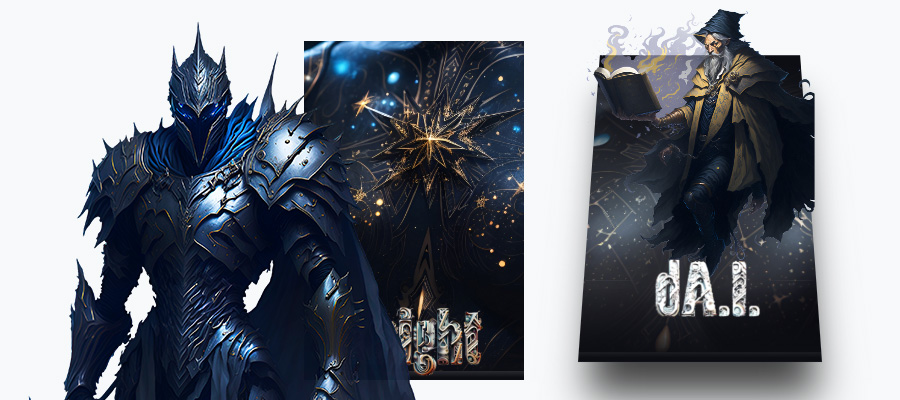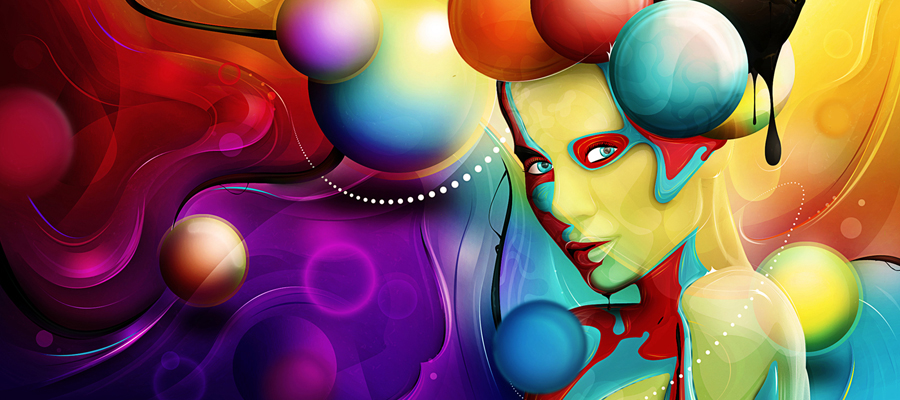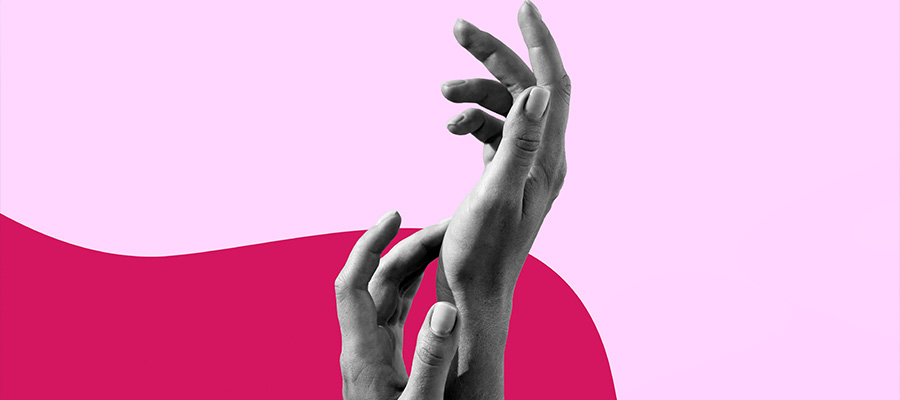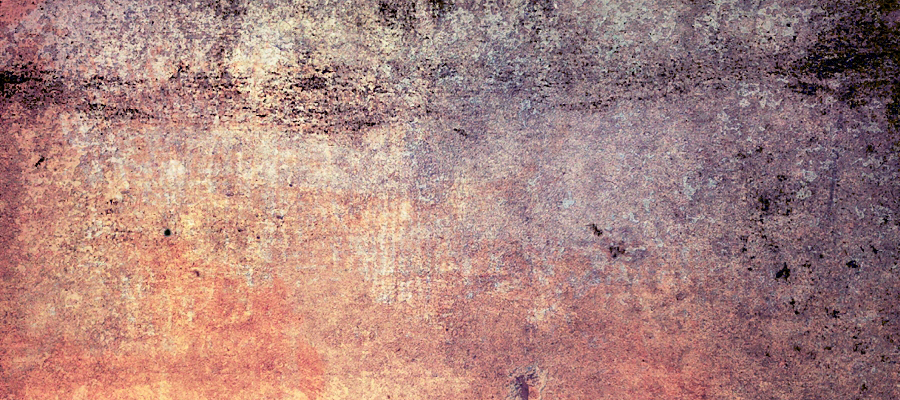In this photo manipulation tutorial, you will learn how to create a dark surreal scene using few Photoshop techniques and some stock images. Besides of the techniques you will learn how to combine colors to make the scene even more dramatic. Some steps can be a little tricky for beginners, but why not have a try? Layered PSD file included. Let’s get started!
Tutorial Details
- Estimated Completion Time: 4 hours
- Difficulty: Intermediate Level
- Program: Photoshop
The great thing about this type of work is that it is relatively easy to do. Armed with free sxc pictures and the eraser tool, people generally like to create fantasy scenes or action sequences. The common problem though is that they never go past the hobby stage. People are not willing to plan the details and rely on the fact the it probably won't be viewed at 100% anyway. So they overlook pixelated edges, forget about casting shadows, don't bother to correct miss-matched tints, cut out objects while leaving in parts of the original photo, and zoom in so rarely that they somehow miss the most obvious of errors. I'm being so thoroughly critical about this stuff because I'm totally guilty on all accounts.
While all may look good at 25% in the navigator, working at 100%, at 300 dpi means you're giving you're 100% in getting better.
It's not enough to soften edges and correct hues. Blending in photographs seamlessly is much more than fading them in and out. You need to achieve an overall balance in color and contrast. The first step is to chose the right photos. If the light source of a certain photo is from one side, then flipping it inside your composition may not be possible. Also, try to keep your photos as high-res as possible. Smooth and noisy photos may not work very well together.
Pay lots of attention to detail. Include smaller objects too, not only very large ones. I used a couple of trees to fill the otherwise unused surface of the sand. Without them and the large rock in the middle, the scene would be too fragmented and cluttered in the center.
A good scene will also have hierarchy that guides the eye from one element to the next until it reaches a focal point. It's also important to make the focal point interesting and captivating, as well as detailed and meaningful. I could have used lots of short, vertical beams of lightning. Instead, I opted for a radial oriented lightning storm that comes from inside the focal point. The colors also do the same thing. The highest saturated part is the center of the whirlpool. You also find the most detail near the center, thanks to the architecture. All these elements act together, in guiding the viewer's eye to where you want it to be. They may look like simple decorative elements, but together they serve a common goal, as simple as that may be.
The starting point for this piece was from a round-up of public domain astronomy images. Seeing the different galaxy photos reminded me of Supercells - the ultimate thunderstorms. I felt that their distinctive rotating shape works well with the galaxy photos I was also eager to use. Supercell thunder storm meets grand-design spiral galaxy and turns into... (running out of adjectives) ...menacing, fiery black whole that threatens human existence. What could be better?
Step 1
Download this photo and trace the edges. Yes, we'll be tracing quite a lot in this tutorial, and we're using the most annoying way to cut something out, which is the Pen Tool. It's better to use than the lasso tool because accidental double-clicking doesn't ruin all your progress, plus you get to undo each click in the history menu.
So trace it with the Pen Tool in Path Mode and when you're done, right-click and make it a selection. Cut it into a new layer and discard the sky.

Step 2
Now download this photo and cut this one out too. Position it as seen below.

Step 3
The skyline is an iStockphoto. Get this one too, cut it out and place it behind the cliffs. You can try using these free skylines, if you like.

Step 4
Copy a few buildings from the photo and place them in front of the cliffs.

Step 5
Cut out this tree and place it on the left side of the photo. Duplicate it, resize it and place it on the right side too. I also copied and positioned a small branch on the smaller tree, so that it looks slightly different. Don't forget to erase the bottom of the tree.

Step 6
Alright, no tracing and cropping for this one. Download this photo of the Messier 74 galaxy and place it beneath all the layers.

Step 7
At this point, we're going to color manage the entire document, bit by bit. The photos that we collected are from different sources, so different lighting, different temperature, different contrast, etc. Before we can change the overall atmosphere, we need to harmonize all the elements. It takes longer to do, but worth it in the long run. This is how it's done.
First, we need to establish the light source. The source of light not only cast shadows, but influences contrast and colors. So, all the shadows we'll draw will follow the positioning of the galaxy photo. Also, we'll swatch colors from the galaxy photo and apply them to cliffs, buildings and even sand. Luckily, this photo contains a wide range of colors at different levels of luminosity, so we can easily influence the rest of the photos based on color swatches of the galaxy.
We'll apply gradient maps to change colors inside images, but we'll use those to influence the existing colors, not completely change them. You need to keep a level of diversity, so that the final image doesn't look like a bunch of gradients.
Let's begin with the skyline. The first thing we'll do is change the hue and saturation. It may look odd now, but in combination with the other effects, we'll get it right. Go to Layer > New Adjustment Layer > Hue & Saturation. Make it a clipping mask for the buildings so that it does not influences the rest of the photos.

Step 8
Now add a Selective Color Adjustment Layer from the same location. Click on the Colors drop down menu and find the Cyan values. Boost up the magenta.

Step 9
Now, using colors from the Galaxy Photo, apply a Gradient Map with these colors from left to right: #030816, #040e32, #80838c, #eac6ae, and #ffffff. Also, set the Layer Opacity to 60%.

Step 10
Now for the mountains. Apply a Hue & Saturation Adjustment Layer as a clipping mask.

Step 11
Now a Gradient Map with these colors: #030816, #040e32, #473836, #595d69, #eac6ae, and #ffffff. Also, set the Layer Opacity to 60%.

Step 12
Duplicate the adjustment layers from the skyline and apply them to the rest of the buildings.

Step 13
The sand has a different tint from the cliffs. We'll first use the cliff colors to bring it to the same hue, and then apply the galaxy photo tint. Apply a Gradient Map with 40% Opacity and with these colors: #070605, #2c2721, #868077, and #fcf7e9.

Step 14
And now one with these colors: #030816, #040e32, #473836, #3555f80, #f5f3c4, and #ffffff. Also, a Layer Opacity of 80%.

Step 15
Now duplicate sections of the mountains and place some behind the skyline. Duplicate the effects too. Also, copy a peak and paste it in front of the "sand" layer. Erase part of it so that it looks like it's coming out of the sand.

Step 16
Apply a Gradient Map over the tree with these colors: #030816, #040e32, #473836, #595d69, and #ffffff. Also, a Layer Opacity of 80%.

Step 17
Do the same with the more distant tree too.

Step 18
Now that we have the colors set up, we're going to start focusing on the light source and how it influences the rest of the image. For a start, the light will cast a glow on the edges of any object placed in front of the light source. To recreate that effect, we'll use simple Layer styles. In order to avoid having glows on the bottom of images, we'll use Bevels and Inner Shadows that have a certain distance from the center. First, apply these effects with these colors: Inner Shadow with #f8d5d5 and Bevel & Emboss with #f39ca2.

Step 19
Double-click on the mountains layer and add these effects: Inner Glow with #ffffbe, also Bevel and Emboss with #f39ca4.

Step 20
We'll also create a more obvious glow on the tip of the mountains. Grab the Brush Tool (B) and paint a few soft edged glows near the tips. Make it a clipping mask.

Step 21
Apply these effects to the other mountains too.

Step 22
It's time for some effects for the trees too. Apply an Inner Shadow with #f4c8c9, also a Bevel and Emboss with #f1b9ba.

Step 23
Now it's time to cast some shadows. Command-click on the "tree" layer icon to make a selection of the tree. Make a new layer and fill it with black. Transform it so that it looks like the image below.

Step 24
While in free transform mode, right-click and select Warp. Skew it so that it wraps around the sand dune.

Step 25
Blur it slightly by going to Filter > Blur > Gaussian Blur.

Step 26
Enter Quick Mask Mode (Q) and select the Gradient Tool (G). Drag a black to white gradient from the top-right to bottom-left of the shadow.

Step 27
Exit Quick Mask Mode (Q) and Blur the bottom half considerably.

Step 28
The thing about shadows is that they are never black or gray. They are never completely desaturated because they interact with the colors of the surface it covers. Give it a purple tint by adding a Color Overlay Layer Style with the color #040a21.

Step 29
Add a shadow for the small tree too.

Step 30
And one for the large rock.

Step 31
For this part you'll need this istockphoto. Open it separately and darken it a lot with Curves (Command + M). Use the lasso tool to copy the clouds you want to include in the scene. Alternatively, you can try this or this free photo.

Step 32
Use the Burn Tool to darken all the grayish parts you may still have.

Step 33
Now, we'll make it into a brush so that we can place the clouds inside the scene without having to cut them out manually. If you have multiple layers, flatten the image (Command + Shift + E) and invert the image (Command + I). Select and copy everything (Command + A and Command + C).

Step 34
Use the newly created brush to paint a cloud behind the skyline with the color #e4979d.

Step 35
Make a selection of the cloud (Command-click) and create a new layer. Select this color #2d2d28. Paint with the same brush, but in a different place so that you only color parts of the pink cloud with this new color.

Step 36
Keeping the same selection and creating another layer, paint with this color #151b32. Do this in a new position as well.

Step 37
Do the same with this highlight color #f9f8e1 on another layer.

Step 38
Make a selection of the layer you created in the previous step and paint with white. That will intensify the tips of the clouds that approach the center.

Step 39
Now repeat the process and create one over the "mountain" layer.

Step 40
Add some that spiral together with the galaxy photo. Use the Warp function in Free Transform Mode to shape the clouds in the proper direction.

Step 41
Add a darker cloud behind all the other ones.

Step 42
Get this thunderstorm image from iStockphoto and turn it into a brush, just like we did with the clouds. Paint one that comes out of the galaxy and make sure it aligns well. You can also try finding some other lightning photos on sxc.

Step 43
Add a glow to the lightning bolts.

Step 44
Duplicate the lightning and change its glow.

Step 45
Copy portions of these two lightning layers and place them so that they branch out to parts of the scene. Connect them to the talles tower and the mountain tips.

Step 46
Select the Polygon Tool and click on the small arrow to access the extra options. Select Star and input 90% in the second field. Type 15 in the Sides field on the right. Create a white shape where the lightning strikes and add an Outer Glow. Keep the standard settings.

Step 47
Get this photo of the Orion Nebula and paste it above all the layers. Apply a Gradient Map Adjustment layer with these colors: #921f1f and #ec5454. Change the Opacity to 40%. Make it a clipping mask for the nebula picture.

Step 48
Set the Layer's Blending Mode to Color Burn and Opacity to 25%. Add another Gradient Map with 25% Opacity, but above all the layers. Change it to these colors: #acc85f, #afce33, and #d0bb2e.

Step 49
Add a Hue & Saturation Adjustment Layer. From the drop down menu, Select Yellows and add 30 for Saturation.

Step 50
You may like the extra contrast, but I wanted to reduce the intensity of all the blacks inside the photo. To do this, add a Selective Color Adjustment Layer and select Blacks from the drop down menu, Drag the Black Slider down to -10%.

Final Image
And finally, we're done! It's been a lot of tracing, cutting and applying Adjustment Layers, but a lot of fun for me. Go have some fun yourself! Don’t forget to download the free full premium .psd file.




















